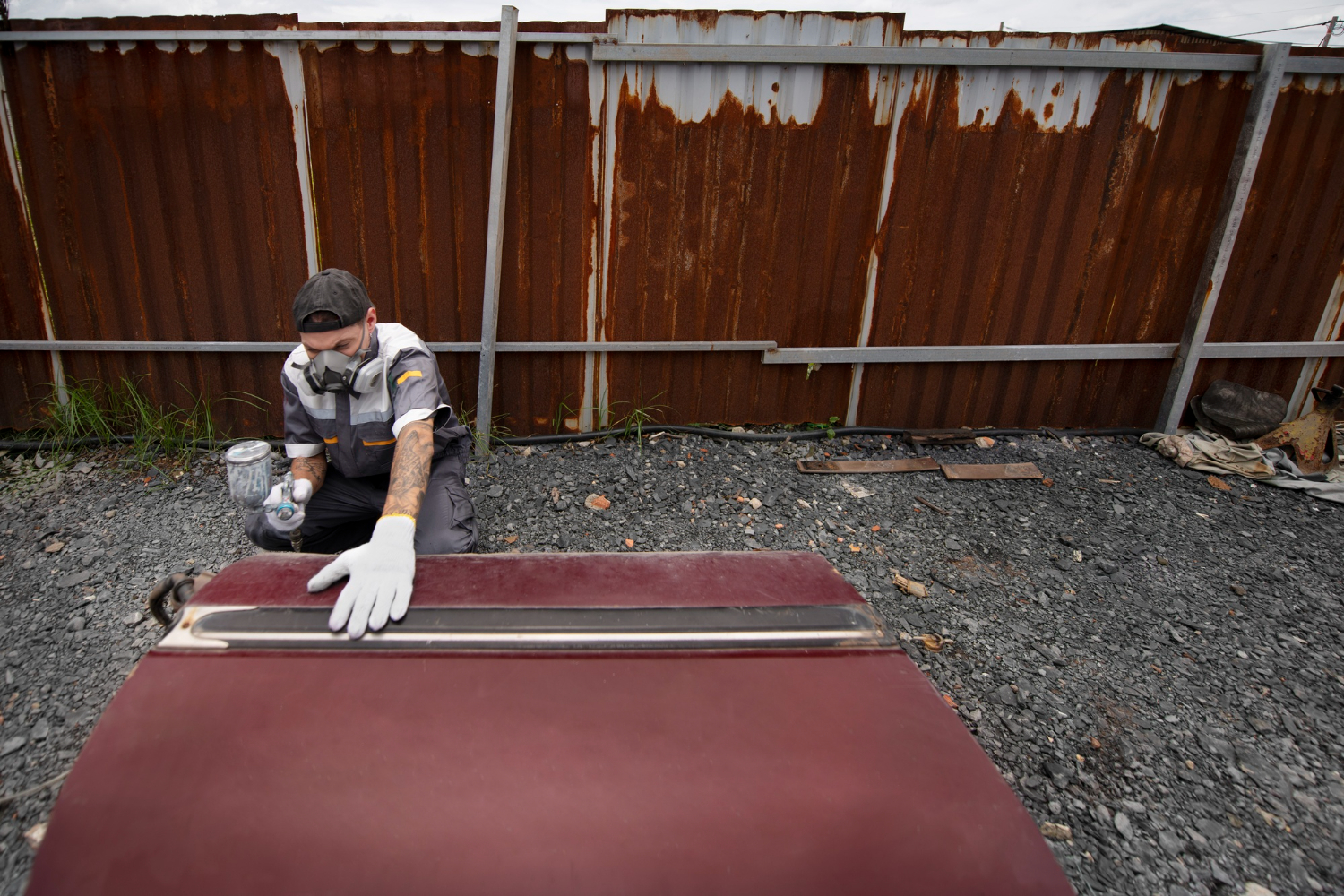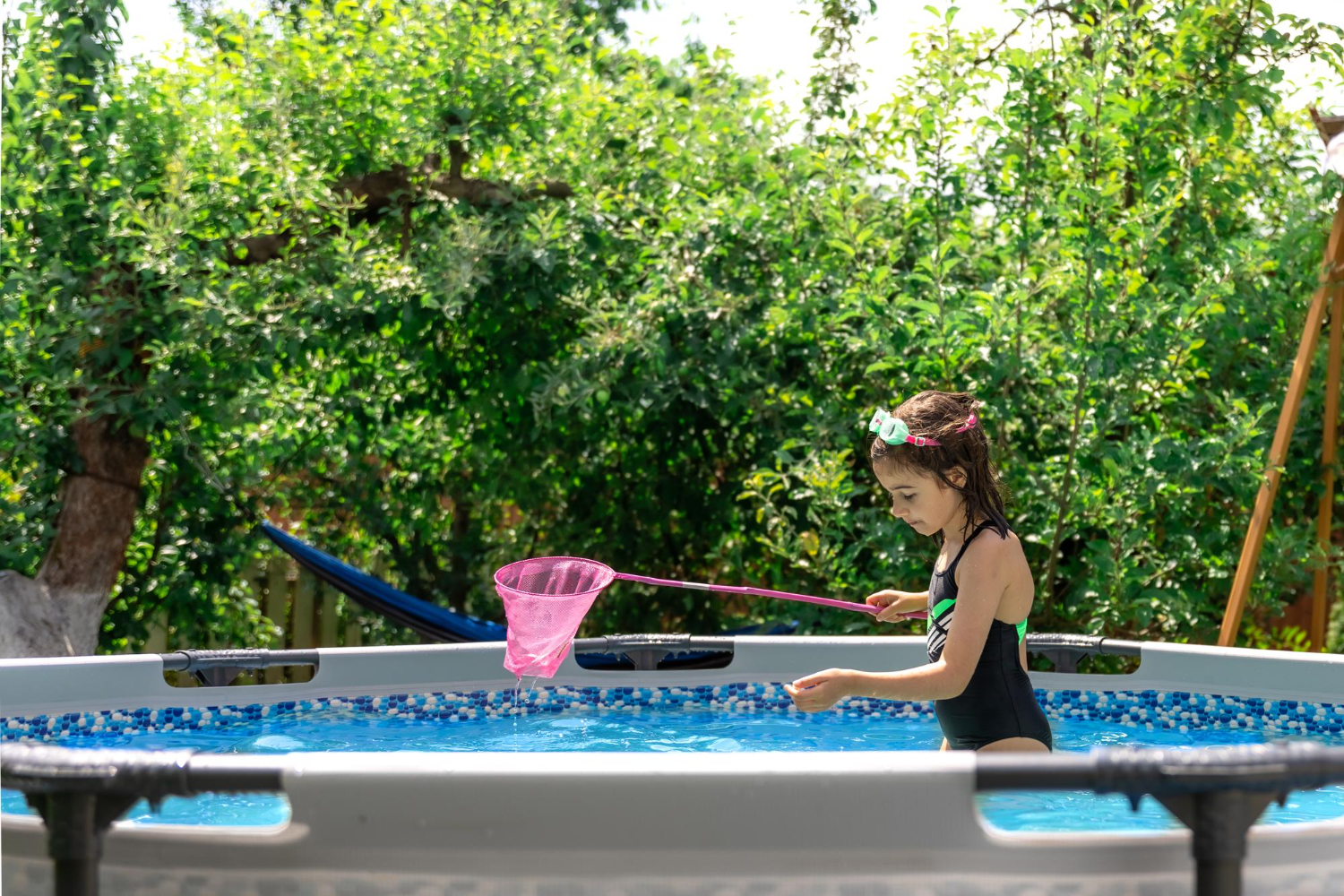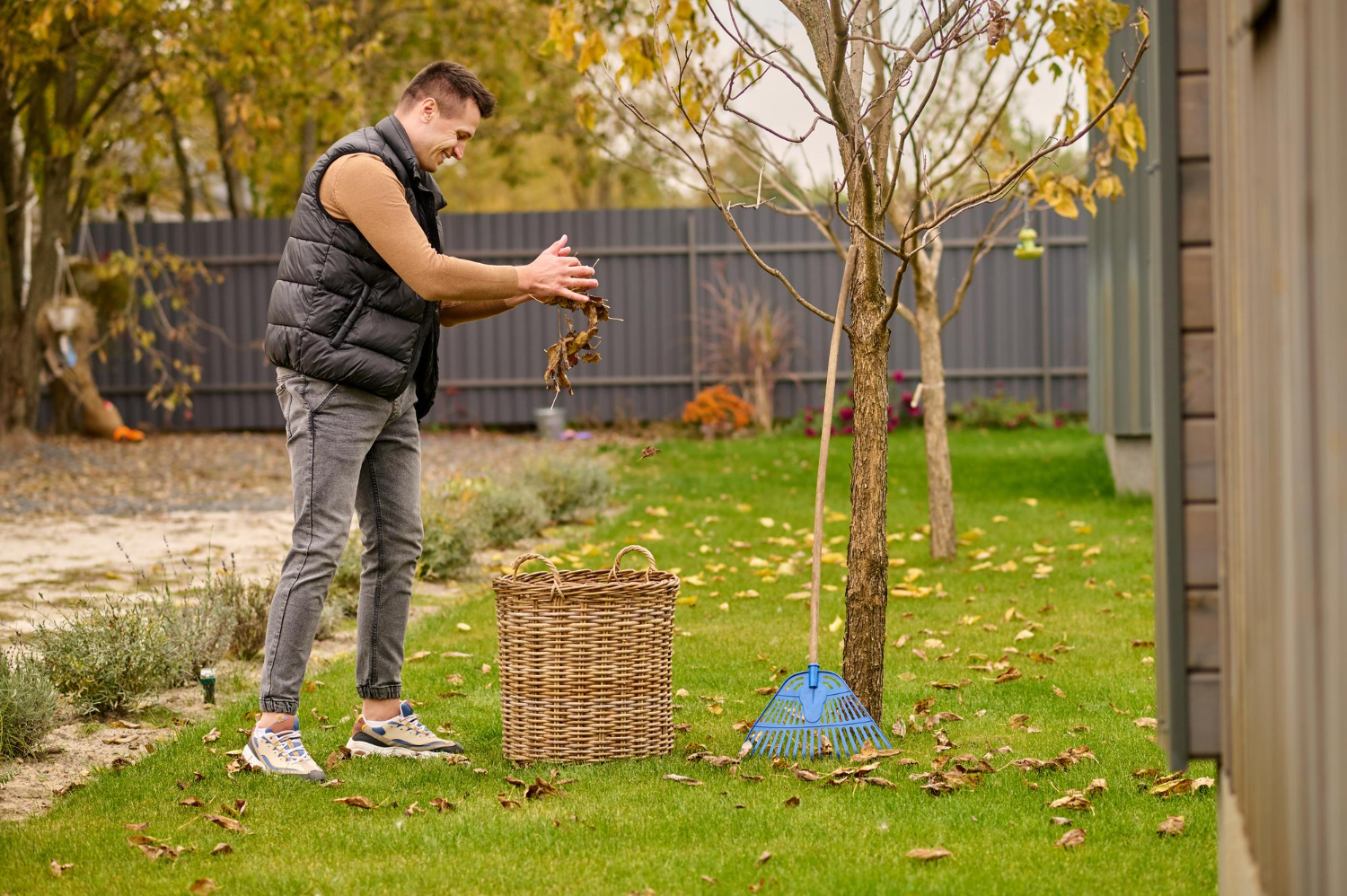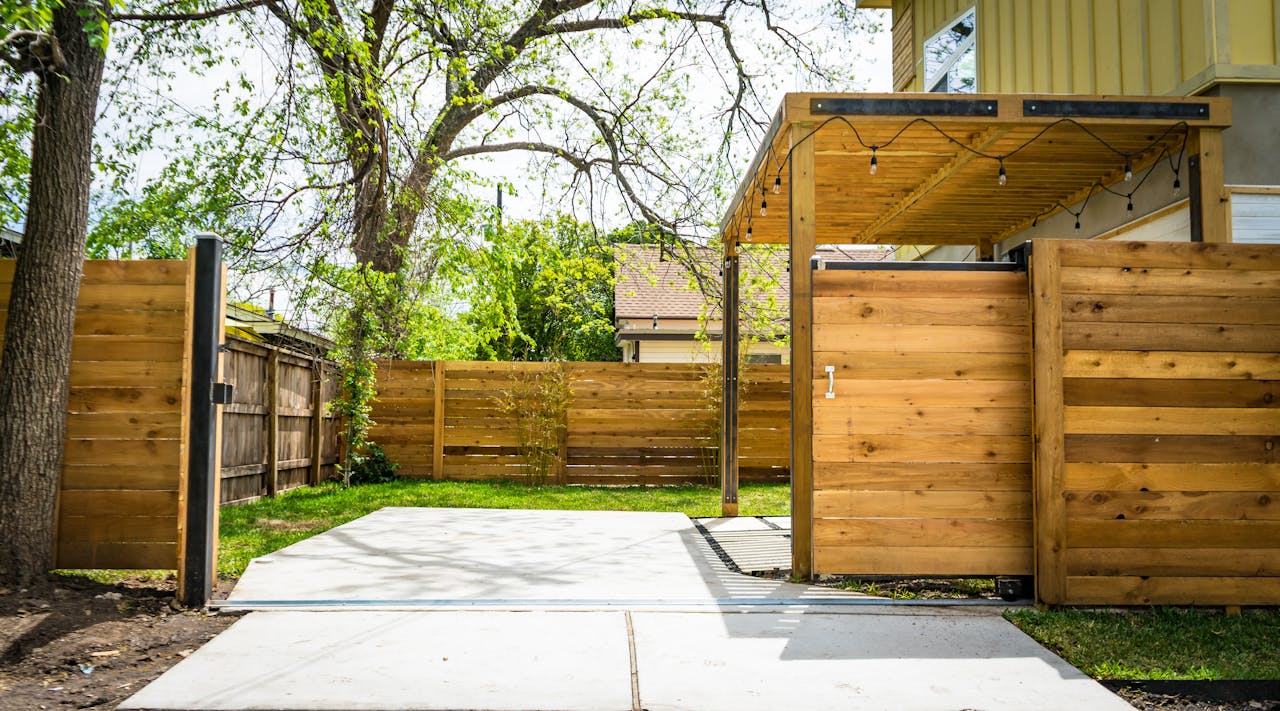Backyards feel private, yet many neighborhoods live by covenants that treat them like part of the shared streetscape. Architectural rules, landscape plans, and quiet hours often extend beyond front yards, and friendly habits can turn into formal notices when small details get missed. Most boards want consistency that protects value, drainage, and safety. The surprise is how ordinary projects trigger letters. These examples show where well-meant upgrades meet written rules, and how a short review step usually prevents a long headache.
Building Sheds, Pergolas, or Decks Without Approval

Architectural committees typically require written approval for new backyard structures such as sheds, pergolas, decks, or playsets. Size, height, setbacks, and materials often must match community standards and avoid easements or drainage paths. Skipping submittals risks fines, removal orders, or liens, even when the work looks tasteful. A basic packet with drawings, color samples, and neighbor signatures usually clears quickly and protects sightlines, stormwater flow, and property lines before posts go in.
Adding Pools, Hot Tubs, or Trampolines Outside the Rules

Portable pools, inflatable spas, and trampolines seem temporary, yet many CC&Rs regulate them like fixed structures. Rules may cover setbacks from fences, safety barriers, pump noise after 10 p.m., and visual screening from common areas. Water discharge into yards or streets can also violate stormwater policies. When equipment drones, lights glare, or play runs late, complaints stack fast, and compliance letters follow with instructions that cost more than early planning.
Installing Fences That Ignore Approved Height or Style

Back fences feel personal, but associations often set allowable height, color, and materials to keep a unified look. Chain link, tall privacy panels, or new dog runs may be prohibited, and anything inside a utility easement can be forced open for access. Repainting without approved swatches prompts notices. Gates, lattice toppers, and retaining walls usually need a simple diagram, survey stakes, and a green light before any posts or footings touch soil.
Keeping Chickens or Other Nonstandard Backyard Animals

Pet policies can limit backyard chickens, roosters, goats, or more than a set number of pets, even when local ordinances allow them. Covenants cite noise, odor, predators, and public health, and some boards restrict kennels or breeding activity altogether. Temporary fosters or tidy coops tucked from view can still exceed headcount caps. A quick check of declarations prevents a surprise citation that requires rehoming animals and undoing freshly built enclosures.
Turning Patios Into Visible Storage Zones

Patios and side yards often collect lumber, lawn tools, canoes, and stacked boxes, yet many HOAs prohibit visible storage above the fence line. Trash bins, ladders, or utility trailers usually must sit in screened enclosures, not under sun-faded tarps. These standards protect sightlines and reduce storm hazards, since loose items become projectiles in high wind, and clutter invites pests. Boards tend to enforce evenly, so one tidy rack can save repeated warnings.
Making Big Landscape Changes Without a Plan

Removing mature trees, swapping turf for gravel, or building raised vegetable beds may conflict with recorded landscape plans. Covenants can require native species, irrigation upkeep, and tree replacements of similar caliper. Grading that redirects runoff, rock borders that creep into common areas, or hedges beyond height limits draw citations. Most committees want a plot sketch, plant list, and utility check before digging, which keeps roots, drainage, and property lines on friendly terms.
Pushing Ambience Into Nuisance With Lights, Music, or Smoke

Backyard mood can cross into violation when amplified music, bright strings, or heavy smoker aroma drifts over fences. Quiet hours commonly start at 10 p.m., and many rules demand downward-facing fixtures with warm color temps to limit glare on adjoining lots. Chimney sparks, fire pits on wooden decks, and generator tests also show up in enforcement logs. Courtesy helps, but written standards carry weight and keep neighbors sleeping, not emailing the board.


